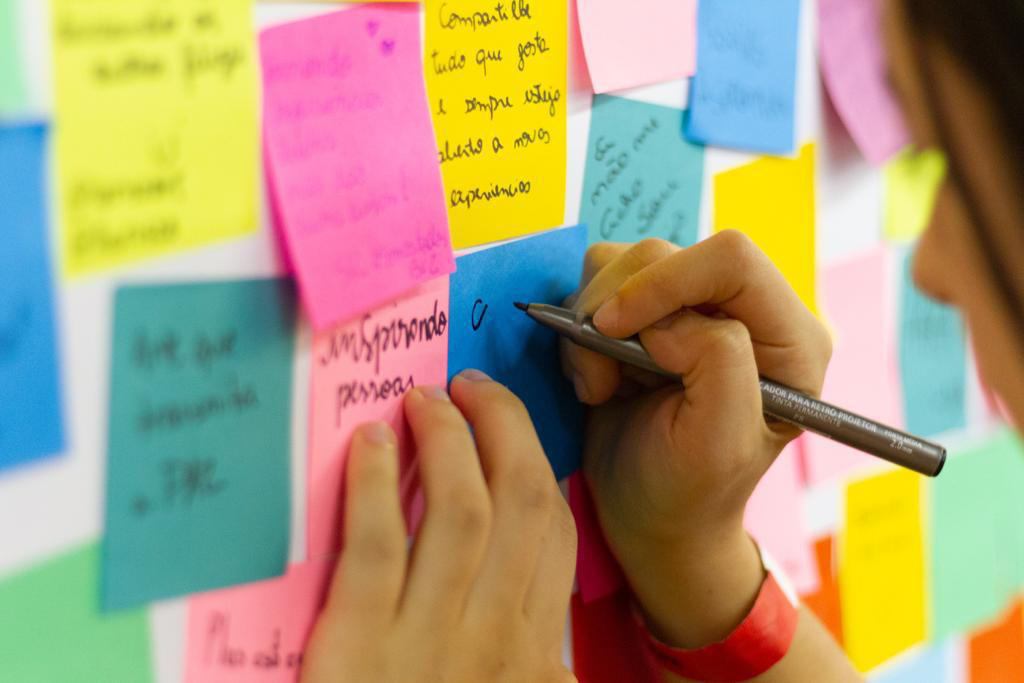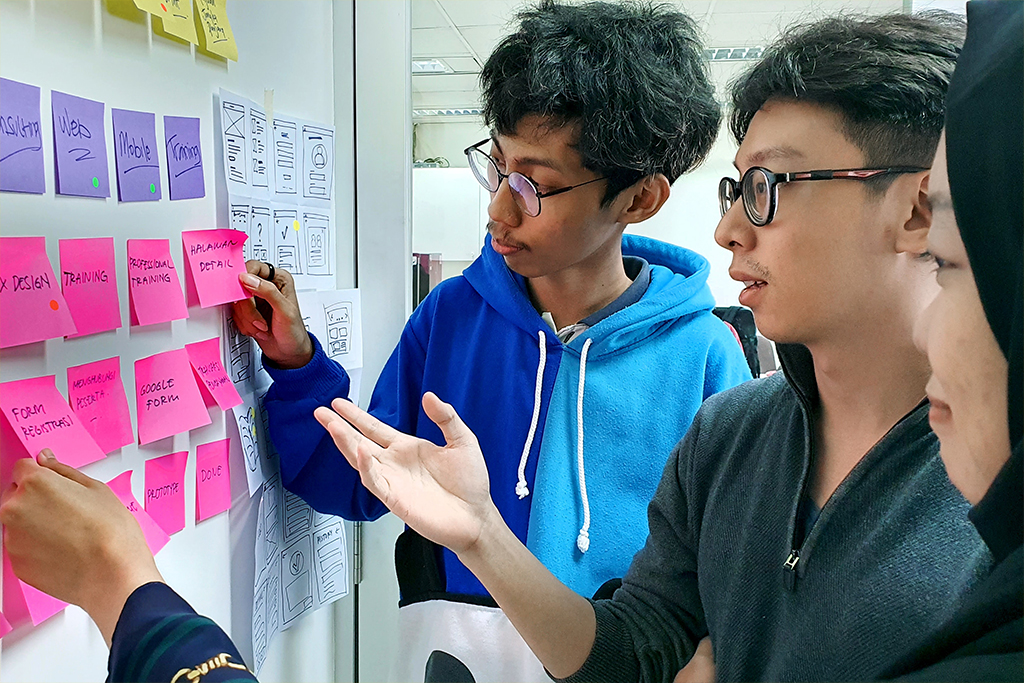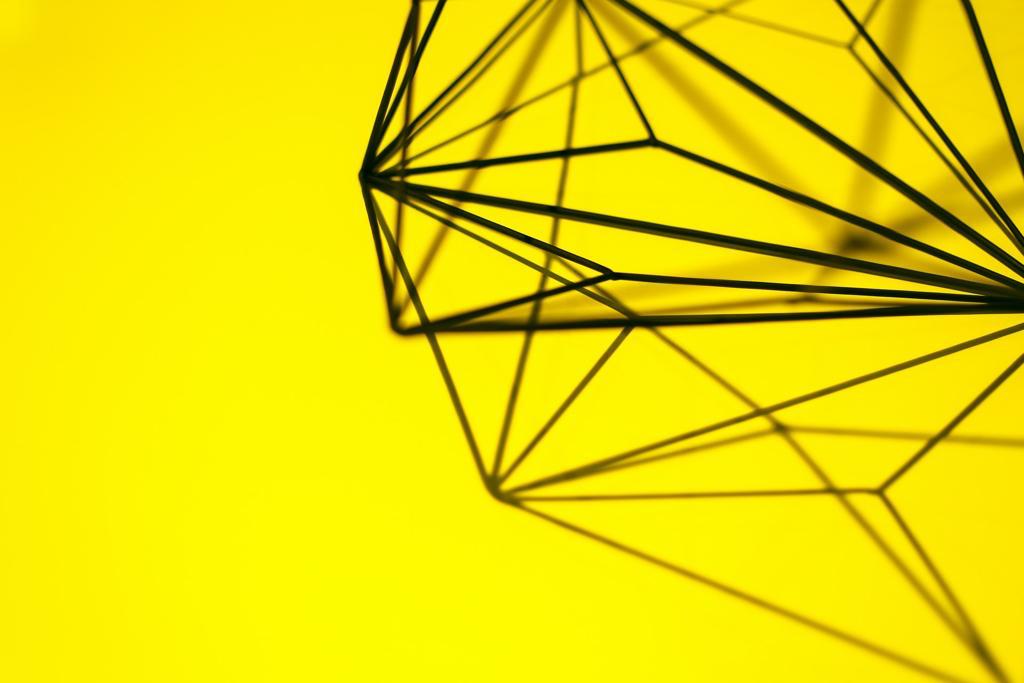About
Leading UX teams is a wonderful experience. You can not make this experience without an excellent team. Creating a team from zero to an all-star level is the dream of the UX team leader. To make this dream happen leaders should manage the right skills melted in a pot of company culture. This will create a sustainable burst of momentum magics when the company and the business are looking for creative yet solid (data-driven) solutions to win the hearths and social media likes of the users. This article will look at the leader recipe to create the magic.
Creating All Star UX Team
Your company’s format should reflect its strategy to make execution easier. The simple formula for the company strategy can be set in two fundamental parts. One is to getting team balance in finding creative ideas that solve the users’ problems and satisfies the users’ needs (based on the research data). Second is having the right talent for turning them into products that users love. We can simplify it as :
First: Innovative
Second: Productive
There is no simple and easy ratio or rule to adjust the degree of one and two, but the ideal team should have the right balance. As a rule of thumb, we can simply look at the next 3 years’ business plan and goals of the team as a starting clue. If your company is just started and needs good innovation to drive the product into the market, you can focus have a little bit of biased weight on the first part (Creativity/Innovation). If, you are a startup with the mindset of building the product fast to penetrate the market quickly and test the ideas on the jungle if the market later after you release your first version of your products, then you may want the gauge to be biased toward the second part (productive).
Another good idea to think of how to scale the team and expand the team (increasing headcounts) to balance the innovative and productive aspects of the team in the long term.
Finally, we should also be realistic about our expectations when hiring and not to forget that people come with a mix of productive and innovative skills. Some may have strengths in productivity and others may have strengths in innovation. Sometimes, you can find people with superstar skills in both areas. When building teams, we need to consider that fact. A practical way is to create a quick chart or a table that maps these skills for each person you think of hiring for your team so that you can see who has what easily.
In the following sections, we will look at the different parts of the innovative team and productive team. Following that, we discuss the Asia-Pacific context in terms of cultural differences.
First: Creativity/Innovation Muscle
This part of the formula deals with the skill that will help the team to drive creative ideas for new products. This part plays a role in the company to understand the user and the business needs and ensure the creation of the product that matches both. Especially, when the business needs a non-linear out of the box thinking that has the potential to be adopted by the users and has a good market value, the innovation muscles are becoming much more important.
What types of people you need:
- Constantly value the learning and evangelize the importance of learning users’ needs/behaviors
- A good understanding of the exploration of the users, market, and business needs (data-driven)
- Ability to adapt to the uncertainty
- Good balance of complex problem solving and critical thinking
- Prioritizing and fine-tuning the balance between meeting users’ needs and financial and technical viability.
- Able to share ideas openly and willing to receive critics/feedback
- Building the buy-in for a change
Second: Productive Muscle
Productivity is very important for the business, especially when your company cash flow is not looking well. For some companies, productivity is a matter of living or dying. Some other companies may have the luxury of time and funding (and other resources) to put a long-term effort into the innovation process. But whatever is the case, in the end, you have to materialize your teams’ innovative ideas. So you need to start producing soon or later.
If the team has good productivity it can get more work done in less time. This is also good for innovation in a world where you need to follow an agile process of design, develop the test, and iterate. So if the team can produce early and fast enough, they will have more time to think and work for the next iteration, which means more innovative ideas can be born based on the observation and data points. If the team members cannot find more ideas, at least they can discover a lot of areas for the fine-tuning of an existing creative idea.
What types of people you need:
- Not a perfectionist but have an understanding of the concept of viability.
- Openly communicate and collaborate with the teams efficiently to avoid unnecessary blockages in decision making.
- Can organize their time for working in distraction-free blocks and set deadlines.
- A standout collaborator that can work well around development and iteration cycles with routine milestone checks with stakeholders.
- Understanding their place in the big picture and perfectly identifying their impact and contribution to the final product
- Good understanding of time management and productivity tools in their fields.
Team Integrity
After finding the right mix of balance in innovation and productivity you should check the team integrity which is very important to make sure the team can execute together. UX team members should get used to working collaboratively together and gel into the company culture. As the leader of the team, you should monitor the team and their outputs constantly so you can do the necessary adjustment. To do that, you need to put the team on projects and activities that will allow them to show their skills in collaborative settings. That includes going to the user research and field studies together, brainstorming regularly on project ideas, communicating well in daily standups and meetings, executing the projects together as well as the chemistry in team culture-building activities. Another good way to figure out the team integrity is to get the feedback from direct stakeholders such as product managers and developer teams.
Tips for Cultural Differences in APAC
When applying the above formula for all Star UX Team in the APAC region UX leaders should consider the cultural differences. Following tips may be helpful for the leaders to do the necessary adjustments for APAC teams:
- Although it is changing super-fast, not every UXers is comfortable having direct critics and discussion in front of other people. Still, you may need to adjust the tone. You need to create an open, safe, and friendly environment. This will show your team that doing mistakes is also welcome here. Also, you should be spending time forming mutual relationships between team members.
- For some, time management can be a little problematic since people have a different approach to timing when it comes to punctuality in the APAC area. Team leaders should consider workload and deadlines based on this fact.
- Personal relationships and communications tend to be indirect, nuanced, and layered. To overcome that leaders can use indirect communication to allow the team members to speak up to give them space to move closer to the central idea. Also, leaders should validate their opinions by asking clarifying questions.
- Show more often and frequent clues that you value the team members’ opinions and contributions.
- Spend more time to understand what ticks your team members. It may not be straightforward at the very beginning, but once after mutual relationship and trust formed, it is easier to figure out.
- Work on the harmony and/or wholism of the team much more than individualist approaches.
- Synchronize with other leaders and stakeholders in your company to make sure that the decisions made by your team are well appreciated and supported.
- Seek opportunities for collaboration between different teams. Create strong relationships with other teams, especially with their team leaders.
- APAC companies may prefer task and performance-oriented teams, so make sure you understand the culture of the company before creating the team balances.
- Encourage transparency in your team more often. Also, have a strong relationship with the upper management and keep yourself updated with the company decisions and roadmaps to be able to constantly broadcast that info directly related to your team members.
Conclusion
There is a formula that you can try for building an all-star level UX team. This formula fundamentally focuses on the creativity/innovation and productivity capabilities of the team members. UX leaders should manage the right skills melted in APAC culture as we discussed in the last part of the article. Applying the right balance of the formula will help the companies for creative yet solid and productive teams that create solutions to win the hearths and social media likes of the users.






